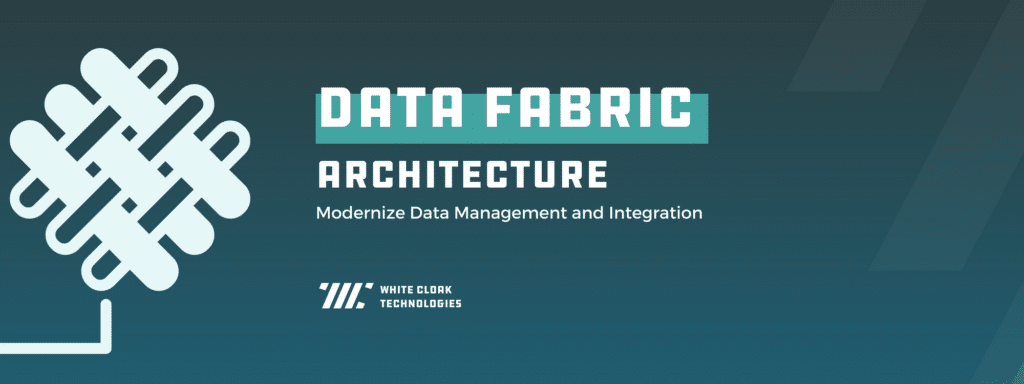The volume of data that is being processed and consumed is getting bigger and bigger every year. There was a time when 8 Gb was big enough to store everything we needed on our smartphones, but now even a 128 Gb smartphone is not enough. The size of the software and applications that we used has also grown. Ten years ago you could hardly find an app that took up more than 500 MB of storage but now you see applications take as much as 5GB. This is just what the typical consumer sees. Now imagine the volume of data organizations and businesses collect, store and manage to run their business processes and operations. According to Cisco, a usual business enterprise, on average, manages up to 347.56 terabytes of data.
Data Management
IT and data management teams in an organization typically handle the big data that comes in and out of the business or organization. They normally use data management processes and technology to help collect, store, organize and maintain the data created and collected.
As data lakes and data silos continued to expand, the job of handling and managing data also became more complex and time-consuming. This is where data fabric architecture comes in.
What is Data Fabric Architecture
According to Gartner, data fabric is defined as a design concept that serves as an integrated layer (fabric) of data and connecting processes.
It is considered an end-to-end data integration and management process that consists of multiple data sources, data types, and locations instead of a centralized data store.
Data fabric architecture improves integration and data management from multiple data sources like on-premise, cloud, and hybrid sources. Consolidating multiple data sources into one data fabric allows businesses to access, process, and analyze data in real-time.
Components of Data Fabric
1. Data Catalog
The foundation of the data fabric is the data catalog. This component supports the identification, collection, and analysis of data sources in the fabric.
2. Data Governance
Data governance is an essential component of the data fabric, especially when handling customer data and ensuring compliance with data privacy and protection laws.
3. Data Orchestration
This critical layer is responsible for transforming, integrating, and cleansing the data from data sources.
4. Data Discovery
The data discovery layer allows users from the organization to identify, catalog, and classify data according to their needs and requirements.
Advantages of Data Fabric
- Data fabric enables businesses to consolidate data from multiple sources onto a single platform
- Real-time access to data and business analytics
- Improved connectivity and integration from multiple data sources and location
- Improved automation of data governance and data management
Data Fabric and Business
A data fabric architecture helps businesses overcome the limitations of previous data technologies like data warehouses and data lakes. Data fabric can handle both structured and unstructured data. The use of analytics and knowledge graph systems also helps transform multiple data types into a consistent format that is easy to understand for end-users.
Implementing data fabric provides a lot of benefits to businesses including improving the efficiency of handling and managing data, improving scalability, and the ability to integrate data from multiple sources.
